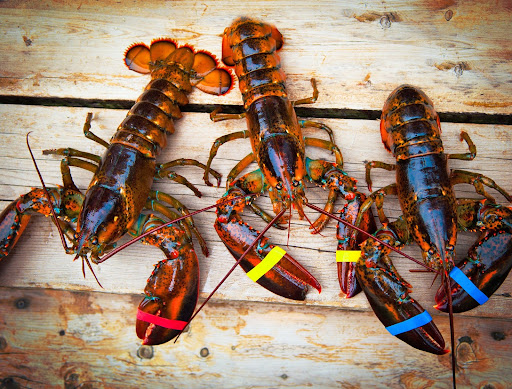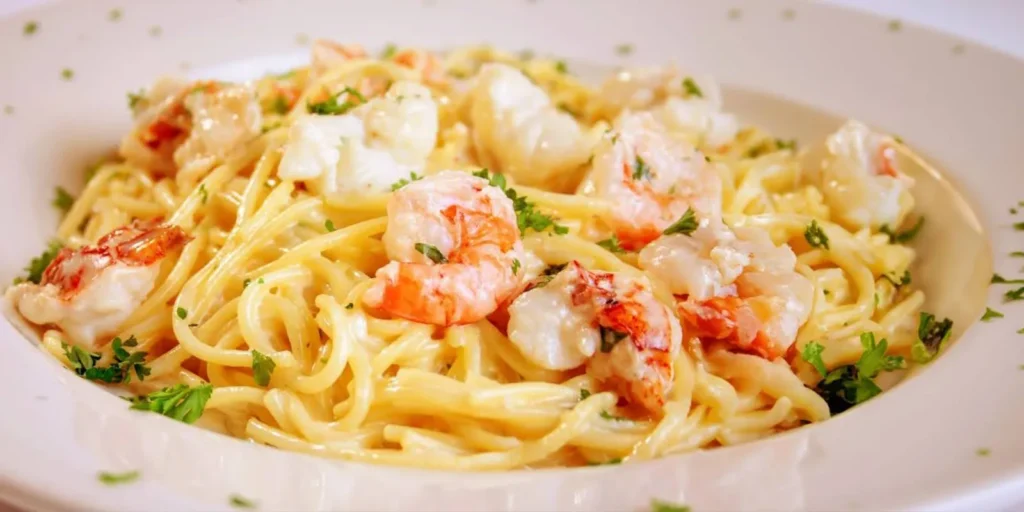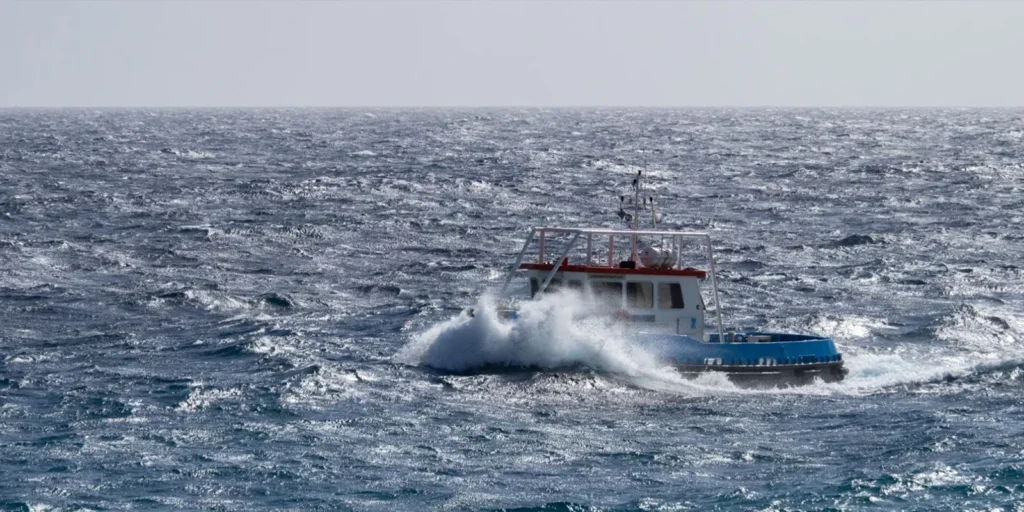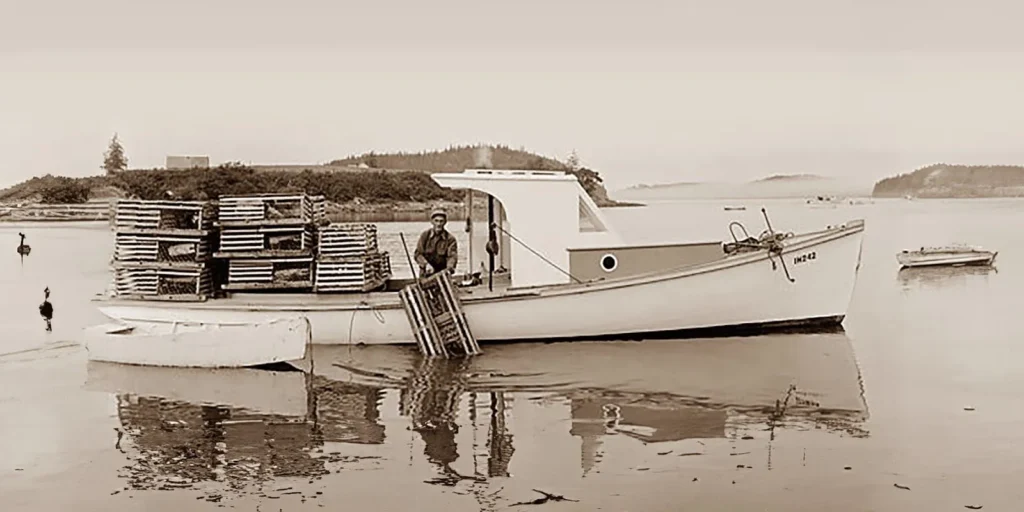
The Importance of Cooking Lobster While it’s Fresh
When it comes to preparing and serving lobster, fresh is best. While some believe fresh lobster is all about that picturesque dish presentation, that tail curl isn’t just for show: a live lobster’s tail will curl when placed in boiling water. A dead lobster’s tail will not. Serving lobster fresh has everything to do with quality – and food safety.
Incorrect preparation or storage of lobster can be dangerous. That’s why it’s always important to keep safety guidelines in mind when preparing your next lobster feast. At ShopLobster, we take pride in the freshness of our Maine lobster, shipped directly to your door, and our customers’ safety is a primary concern.
How Can I Tell if a Lobster is Dead?
Note that when we ship live lobsters to you, the cold temperature of the box may cause live lobsters to be somewhat dormant and sluggish. Here are the easiest ways to tell if your lobster is dead:
- Tail and appendages hang loose when you pick it up. A live lobster will curl its tail under its body and hold its claws up.
- Claws remain clenched, not open. But please be cautious when you remove the rubber bands from a lobster’s claws. The large claw is called the crusher for a reason!
- Eyes may appear dull.
- The shell may be dull or discolored when compared to other lobsters.
- A bad smell. In this case, definitely discard the lobster! Also be sure to keep any dead lobsters apart from live ones. Bacteria can spread quickly.
How Long After A Lobster Has Died Can It Still Be Safely Prepared?
Ideally, a lobster should be prepared while it is still alive. If consistently refrigerated at or below 38°F (3.5°C), however, lobster can be cooked safely for up to 12 hours after death, according to many independent sources. Although not recommended due to an incremental decrease in quality and taste, it is still safe to do so.
For full disclosure, there are several sources that cite a window of two to four hours to safely cook and eat your lobster after it has died. None of the sources found were governmental or official in any other capacity, so for now, this should all be considered anecdotal evidence.
Interestingly, the National Oceanic and Atmospheric Administration (NOAA) observes that if you remove a dead lobster’s tail and claws from its body (also known as being “headed”) soon after it has died, the meat will last longer than if the animal is left intact. This is because the body contains the thorax gills, and other organs, which tend to accumulate toxins more quickly than the claws and tail meat.
Possible Consequences Of Eating Lobster That Has Been Dead For Too Long
Lobsters and other shellfish have bacteria naturally present in their systems. When the lobster dies, the bacteria can rapidly multiply and release toxins that remain in the flesh even after thorough cooking at the recommended temperature. These toxins can cause upset stomach, nausea, vomiting, and other symptoms associated with food poisoning. In some cases, these toxins can even be strong enough to warrant a trip to the hospital or lead to lasting health issues. While this may seem intimidating, a simple set of guidelines can help keep you and your family safe while enjoying one of the most luxurious and delectable meats available on the market.
Like any meat, one must follow guidelines and standards set by regulatory agencies to be sure to avoid as much risk of foodborne illness as possible. Even in other meats like steak, the proper internal temperature must be achieved to ensure any parasites and bad bacteria are cooked out before consumption.
Lobster is no different. In addition to being prepared as quickly after death as possible, to avoid the potential risk of infection or illness, lobster should be cooked to an internal temperature of between 135°F to 140°F (57°C – 60°C) to ensure that it is safe to eat. A dead lobster should be cooked to a minimum of 145°F (63°C).
Best Practices For Live Lobster Storage and Preparation
Lobster, while technically very simple to prepare, has some rather stringent guidelines to follow for storage and preparation. For example, one of the reasons that you may have seen tanks of live lobsters in restaurants, supermarkets, or a butcher shop is that lobsters are best stored alive.
When stored alive, lobster claws are secured with rubber bands. This ensures they do not hurt themselves, other lobsters in the same enclosure, or the human handler responsible for transporting or picking them up.
Once a lobster is purchased and received, many will choose to place the live lobster in boiling water to dispatch and cook it simultaneously. This ensures the lowest risk of food poisoning. This is also a quick and easy way to cook your lobster. For more information on how to cook a lobster, please visit our Recipe Page.
How to Store What You Don’t Eat
What if your eyes were bigger than your stomach? Believe it or not, this can even happen when you serve delicious Maine lobster! Proper storage is essential to be sure your cooked lobster remains safe for consumption another day. If sealed in an airtight container, cooked lobster can last up to three days in the refrigerator.
However, one way to avoid having leftover lobster meat is to find the perfect preparation to satisfy all! Whether you’re celebrating a special occasion, or simply indulging on a weeknight, the options to prepare live Maine lobster are endless, limited only by your imagination.
Visit our Recipe Page to explore options like lobster rolls and determine which style reigns supreme – Maine or Connecticut. Or, grab a bib and a mallet, and get cracking on the traditional lobster feast enjoyed in Maine for generations; but don’t forget to melt plenty of butter as a decadent sidekick.
Regardless of how you proceed, remember that the best way to prepare lobster and lower the risk of illness is to cook the lobster alive or immediately after dispatching it.
What About Frozen Lobster?
All of our live lobsters are guaranteed to be fresh, and to arrive alive. But our commitment to fresh seafood doesn’t end there. In addition to live lobsters, ShopLobster offers several frozen lobster products, as well as frozen scallops. When you buy frozen products from ShopLobster, you are still guaranteed that fresh, straight from the sea taste. How can we do that?
All of our frozen products are processed in a state-of-the-art HPP processing facility and then flash-frozen in an IQF nitrogen machine. HPP stands for High-Pressure Processing, a cold pasteurization technique, which is extremely effective. It leverages ultra-high pressure purified water to inactivate bacteria, such as listeria, E. coli, and salmonella. Neutralizing these pathogens allows packaged foods to stay fresh longer.
IQF freezers use liquid nitrogen to freeze small foods that are normally very difficult to freeze well, such as raspberries or seafood. The products are frozen singly rather than in a group, allowing each to keep its individual form, texture and, most importantly, retain its fresh taste.
Fresh Is Best
ShopLobster has a variety of live lobsters to choose from. Caught directly in the icy cold Maine waters by local lobster fishermen, you will feel good about your next lobster dinner. We work with our fishermen to ensure sustainability practices are maintained so lobstering can continue to be a thriving industry in Maine for generations to come, and live lobsters can continue to be delivered directly to your door.
The impact on quality is one of the primary reasons we here at ShopLobster obsess over the freshness of our lobsters. As lobster is delivered live, right to your door, it is at peak freshness, allowing the rich and sweet flavors imparted by cold Maine waters to shine.
To learn more, explore ShopLobster today and take a tour of all of the sustainable seafood we offer.











